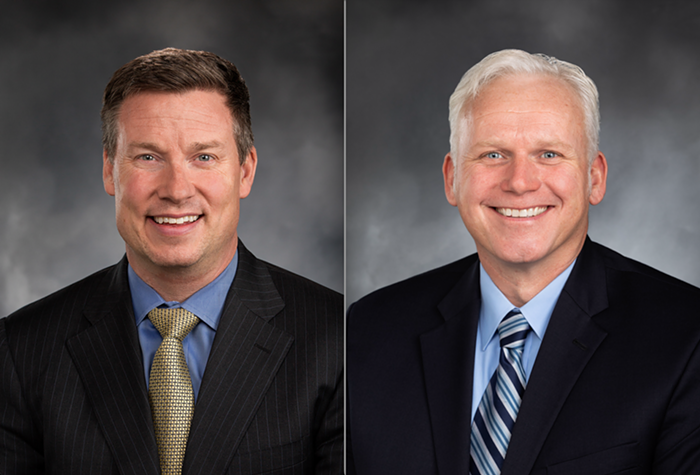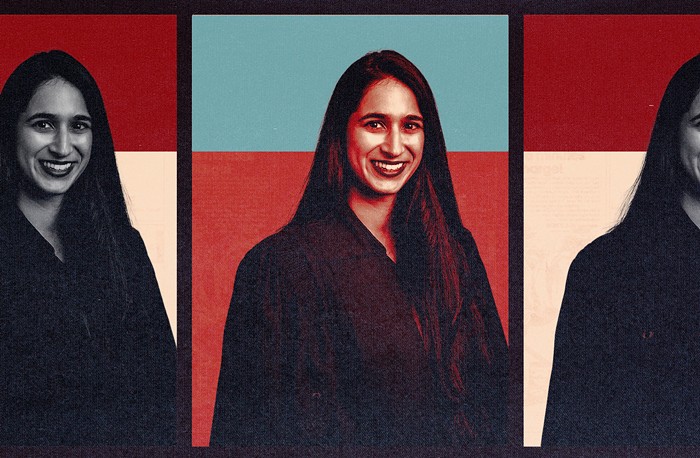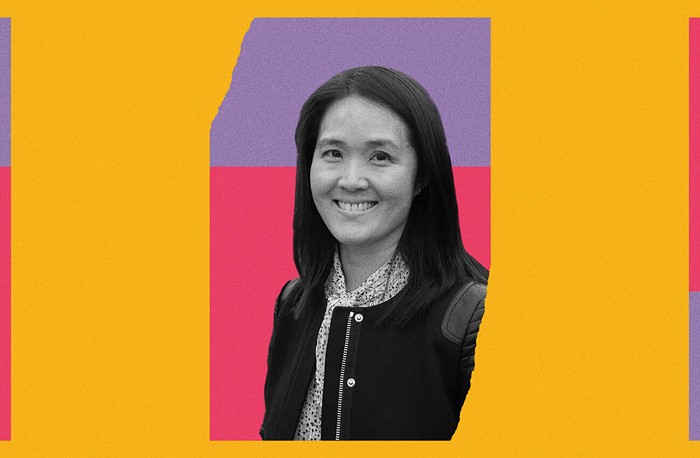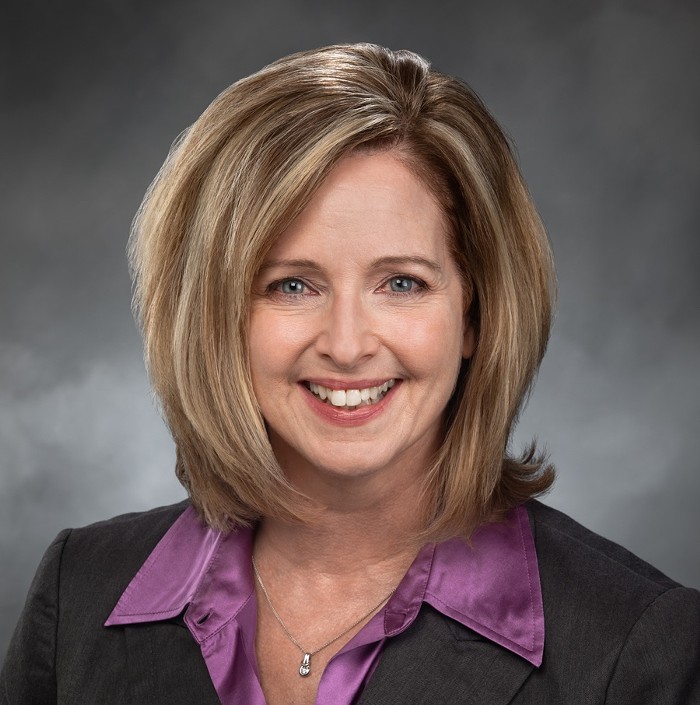Every parking space is full outside J Sushi in the International District during a Mariners home game—or any stadium event, from boat shows to car shows—and not because the joint is filled with folks stuffing in a pregame roll. Stadium visitors pay only $5 for two hours of metered parking on the street, a great deal when private lots nearby cost upward of $7 an hour.
"The people don't come to eat or shop, mostly just to park. It hurts our business," says Jay Zeng, who owns the restaurant.
Parking isn't only a problem near the stadiums on game days; it's a downtown problem all week. "Downtown street parking is at 100 percent capacity for most of the day," says Marybeth Turner, a spokeswoman for the Seattle Department of Transportation (SDOT). People who want to go out and shop or dine can't find a parking spot downtown—so they go somewhere else.
Downtown is defined as the area between Denny Way and South Royal Brougham Way, and from I-5 to the waterfront. In this core area, there are 55,000 off-street stalls available in private garages and lots (at an average price of $7 an hour) and only 5,000 on-street metered spots (which currently go for $2.50 an hour).
In other words, on-street parking represents only 8.3 percent of the total spots downtown, and we're giving it away for roughly one-third the price.
Drivers often can't find street parking in popular areas because, at $2.50 an hour, parking is so cheap that drivers just feed the meter and continue parking long past the city's two-hour limit. Which is part of the reason Mayor Mike McGinn proposed raising parking rates to $4 an hour for on-street parking downtown (and extending paid parking hours) in his 2011 budget plan. McGinn's other goal is to help fill the city's $67 million budget shortfall and pay for police, firefighters, parks, libraries, and other public services.
"If we can raise the rates and collect more dollars... we'll have money to support public services," McGinn said recently in an interview. "That's what attracts people to downtown—a safe place with good parks and vibrant sidewalks and walkability." Recent studies also show that the slightly higher rates mean more parking turnover and, thus, more parking for people who need it.
The Seattle City Council is balking at the mayor's $1.50 increase. "We're really struggling," says Tom Rasmussen, chair of the council's Transportation Committee, who says the council might reduce the proposed rate to $3 or $3.50. "We don't want to use parking meters as an ATM for the city's general fund. It really has to be related to turnover for parking," Rasmussen says.
The Downtown Seattle Association also opposes the hike. "Our concern is that the mayor's proposal is too expensive and people would choose not to come downtown," says Randy Hurlow, a spokesman for the DSA. Asked repeatedly for alternative ideas for increasing parking turnover without raising rates—that is, a method for actually letting people park downtown when drivers are monopolizing spaces all day—Hurlow has no answer. He says, "The city needs to research this issue a bit more before making recommendations."
Meanwhile, there's plenty of that "research" the DSA is calling for. Donald Shoup, a UCLA professor of urban planning and nationally recognized parking expert (he authored the 733-page tome The High Cost of Free Parking), says that cities with healthy business districts have 15 percent of their on-street parking available during peak hours. Seattle currently has zero or close to zero. Ideally, Shoup says, people shouldn't have to park more than a few blocks from their destination (and they pay the price for this privilege). Recent studies in New York and San Francisco show that in areas where parking was maxed out (similar to downtown Seattle) 25 to 40 percent of vehicles on the road were simply circling looking for parking. These cities raised their parking rates to fix the problem.
Seattle has also studied the issue at length. In July, SDOT sent a report to the mayor's office that detailed the effects of three potential rate increases (to $3, $4, and $5 an hour). The study concluded that an increase to $4 an hour would create more downtown parking turnover and keep roughly 9 percent of street spots vacant at any given time—well below Shoup's golden 15 percent (SDOT's report estimated that an increase to $3 would free up 2 percent of parking spots—a negligible amount—and an increase to $5 would free up 19 percent). The study also notes that San Francisco is currently piloting a program that adjusts rates according to peak on and off hours, ranging from 25 cents to $6 an hour.
The alternative thinking comes from people like Eastside mall developer Kemper Freeman, who earlier this month said that the parking hike was "putting a knife" in downtown's heart—and Seattle's best way to compete with his free suburban parking would be to keep Seattle parking rates the same. But all the evidence suggests that low rates are hurting downtown businesses—and the city—while possibly driving people away to Eastside businesses, like the ones Freeman develops. "People come to Seattle to shop because we're a great city—not because we have free parking," the mayor says.
The rate hike is estimated to generate $4.8 million in gross revenue in 2011 and $6.1 million in 2012. McGinn has ordered SDOT to begin studying cities with flexible parking rates in order to recommend an adjustable-parking-rate model next year.
Dave Meinert, owner of Big Mario's on Capitol Hill and the 5 Point Cafe in Belltown, says McGinn's $4 proposal will help businesses that "rely on a constant flow of people." In addition, he says, "raising parking rates will help pay for police and public safety services. That's all there is to it." ![]()


















